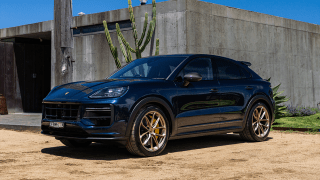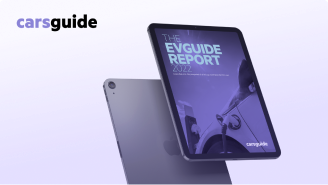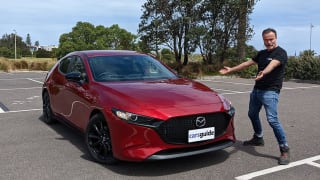
The top five biggest problems with hybrid cars

Most of us know what a hybrid is, thanks to pop culture - hello werewolves, the Minotaur, and the Sharktopus from the strangely overlooked 2010 film Sharktopus - but what does ‘hybrid’ mean in a car?
As you may have guessed, it’s the combination of two different things, neither of which is a shark or an octopus: a petrol-powered internal-combustion engine (ICE), and a battery-powered electric motor that runs on electricity.
How do hybrid cars work?
The battery in a hybrid self-charges thanks to a process called regenerative braking, where kinetic energy created while slowing or stopping the car is stored in the battery or diverted directly to the wheels, whereas a plug-in hybrid electric vehicle (PHEV), you guessed it, has to be plugged in to an external power source to charge its battery (a battery that’s typically bigger and offers more all-electric driving range).
Hybrids and PHEVs are seen as a slightly more environmentally friendly stepping stone toward fully electric vehicles (EVs), with the ICE in hybrids and PHEVs seen more as a back-up to give peace of mind to drivers suffering from the dreaded range anxiety (aka the fear your EV will conk out before you find somewhere to recharge it).
While hybrids and PHEVs are gaining popularity in Australia, there are a few disadvantages and issues you should be aware of before coughing up some coin for one.
Hybrid cars problems
The ICE
The internal-combustion engine in a hybrid or PHEV can be an advantage and a disadvantage, depending on what way you want to look at it.


Download the EVGuide Report, 2022
Australia's one-stop snapshot of all things relating to electric cars.
On one hand, the ICE is the perfect thing to put your mind at ease if you suffer from range anxiety, offering a handy back-up should the battery actually run out of charge. On the other, it still emits harmful CO2 emissions into the atmosphere, which is usually the main thing people want to avoid when buying an electric vehicle.
Two drivetrains
Having both an electric motor and an ICE means you’ve got two drivetrains with their own specific maintenance requirements, which has the potential to complicate matters when it comes to repairs.
Even though electric motors have significantly fewer moving parts than a traditional ICE, and thus require less maintenance, you still have the ICE I'm a hybrid, and all the potential maintenance issues that may come with it.
Because the car is fitted with two drive trains, neither the ICE nor the electric motor battery will be as big if it were purely an ICE vehicle or EV, and thus typically both will be less powerful.
Cost
While the price gap between ICE vehicles and hybrids/PHEVs isn’t as big as the gap between ICE vehicles and EVs, they are still more expensive, making cost one of the main disadvantages of hybrid cars.
As a comparison, the cheapest petrol-powered Toyota Corolla is the Ascent Sport hatchback for $25,395, while the Ascent Sport hybrid adding $2000 to the cost ($27,395).
Read more on hybrid cards
PHEVs are more expensive still: the MG HS Essence PHEV, one of the cheapest in Australia, comes in at $38,900 (the cheapest ICE version, the MG HS Excite X, comes in at a significantly cheaper $29,700).
Poorer fuel efficiency and handling
Hybrids and PHEVs are packing two drivetrains into the one car, which means more weight, which can negatively affect fuel efficiency and handling, as well as the aforementioned need to compromise by downsizing both the battery and ICE.
Temperature-sensitive batteries
The batteries used in electrified vehicles don’t take too kindly to extreme temperatures: too much heat will speed up battery degradation, and extreme cold will negatively affect the battery’s range.
Cold temperatures can also cause hybrid batteries to require more time to reach operating temperature, which also causes the car’s ICE to expend more energy, leading to poorer fuel consumption.
Battery production
The lithium-ion batteries in hybrids and PHEVs use rare-earth metals, and the equipment used during the mining of these - specifically bulldozers and other mining machines - are diesel-powered, which flies in the face of buying a hybrid or PHEV as a way to make a positive environmental impact.
Battery recycling
The good news: EV batteries can be recycled once they reach the end of their life cycle. The bad news: extracting the reusable elements from batteries is a difficult and expensive process, meaning there’s a long way to go before it’s done on a wide, cost-effective and environmentally friendly scale.
PHEVs need a plug
Yes, we’re stating the bleeding obvious, but since, unlike hybrids, the batteries in PHEVs aren’t self-charging, you’ll need to connect your PHEV to an external power source every time the battery needs charging. This won’t be an issue for some, but for others, locating chargers and negotiating the cables and plugs involved may be more trouble than it’s worth.










Comments